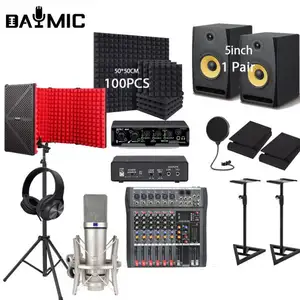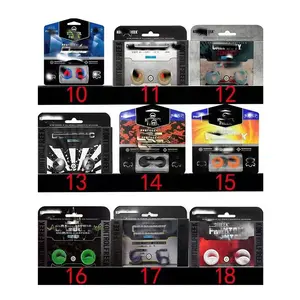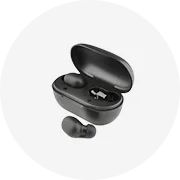Phổ biến trong ngành của bạn






Gigabyte placa Mae 128GB DDR4 AMD B550 b550m chơi game Bo mạch chủ cho máy tính để bàn máy tính

636.773 ₫ - 2.496.148 ₫
Đơn hàng tối thiểu: 1 Cái







X79 máy tính Bo mạch chủ PC chơi Game Bo mạch chủ DDR3 M-ATX Bo mạch chủ Combo kit

687.205 ₫ - 966.621 ₫
Đơn hàng tối thiểu: 5 Cái






Jieshuo X99 P4 Bo mạch chủ Set Kit với Intel LGA2011-3 Xeon E5 2630 V4 CPU DDR4 16GB (1*16GB) 2133MHz RAM Bộ nhớ NVMe M.2 SATA

687.715 ₫ - 1.273.545 ₫
Đơn hàng tối thiểu: 1 Cái







Kỹ thuật số Bo mạch chủ cho tất cả trong một PC POS kỹ thuật số biển Mainboard LCD kỹ thuật số Bảng menu cánh tay RK3288 rk3568 rk399 Board

116.402 ₫ - 1.477.313 ₫
Đơn hàng tối thiểu: 1 Cái






Jieshuo X99 P4 Bo mạch chủ Set Kit với Intel LGA2011-3 Xeon E5 2640 V4 CPU DDR4 16GB (1*16GB) 2133MHz RAM Bộ nhớ NVMe M.2 SATA

649.508 ₫ - 1.388.164 ₫
Đơn hàng tối thiểu: 1 Cái

Các danh mục hàng đầu
Giới thiệu về đối với asus f7kr bo mạch chủ
Alibaba.com cung cấp các sản phẩm 244 đối với asus f7kr bo mạch chủ.






















